The Bilbiothèque Nationale de France, or French National Library (BNF) ran a series of portraits of “singular women” on their website last March. It featured the extraordinary Maria Sibylla Merian. The BNF gave access to her digitized engravings dedicated to naturalism. For those who don’t know her, suffice to say that she was a hell of a woman! Well, it doesn’t suffice, actually. Let’s explore her life of exploration.
Maria Sibylla Merian (1647-1717) led an incredible life of passion and liberty—especially for a woman of her time. Born in Germany in a family of artists (she was the daughter of renowned engraver Matthaüs Merian the Older), she developed a taste for painting from a very young age. She was 8 when she drew her first watercolours, representing the caterpillars she’d observe in her garden. When her father died, her mother remarried Jacob Marrell, a painter who taught his stepchildren how to paint. Maria was also the cousin of Jacob Christoph Le Blon, who invented the first process for printing in three colours. As Pauline Laurent and Luc Menapace underline on their BNF blog dedicated to Merian: “The fact that Maria Sibylla mastered engraving technics is tightly linked to her familial and professional backgrounds.”
Maria Sibylla moved to Nuremberg with her husband, where she published her first work in 1679, a series of engravings showing the relationship between caterpillars and their respective host plants. At 38, she did an incredible thing for the time: she divorced her husband. Actually, the BNF states: “She declared herself a widow while her husband was still alive.” She joined a Jesuit congregation in Holland with her daughter, where she came across a collection of butterflies that came from the Dutch colony of Surinam, in South America. She then took another unbelievable step: aged 52, she embarked for Paramaribo, Surinam—a naturalist trip.
Travellers were few in the late 17th century; learnt ones even fewer—learnt and lone travellers even more so—and female learnt lone travellers were simply nonexistent except for Maria Sibylla Merian. She was with her daughter, actually; but by “lone” we mean without official appointment. The two women reached Paramaribo in July 1699 and Maria started to explore her surroundings, drawing every insect and plant she’d come across. “Mocked by the European colonists who cared about nothing but the cultivation of sugar,” Laurent and Menapace write, “she became close to the African slaves and the Natives.” After all, she belonged herself to what we call today a “minority”.
By 1701, she was back to Amsterdam with her daughter. She took several years to complete her masterpiece, Metamorphosis insectorum Surinamensium (1705)—a series of 60 engravings. She published it herself, raising the necessary funds by selling her original paintings. The BNF website underlines: “The book didn’t sell well, but it brought her posthumous recognition.” Laurent and Menapace add: “Most of the insects, amphibians and reptiles represented there were unknown to naturalists (...). She also introduced several unknown, or ill known vegetal species such as the red water willow (Pachystachys coccinea).” Her engravings are stunning because they are at the crossroad between naturalism and art. As shown with the digitized copies on the BNF website, they are gorgeous, powerful and intense—in a word, lively. “Her works (most of them published after she died by her daughter) remained a reference in the domain of scientific illustration for centuries,” Laurent and Menapace sum up. “She proved it was possible to represent small animals and insects by blowing them up on paper as long as they remained in proportions with their environment. As a matter of fact, she was the very first one to draw the species she studied directly in their natural habitats.” Totally forgotten during the 19th century, she’s been revived for the past 50 years. Reprints of her books are now available and wallpapers are even made out of her drawings.
One of the most crucial creatures described in her works is probably a very rare, and now extinct species of woman—let’s call it Mariamus Sibyllarius Merianus; suffice to say that it was a wild and fiery flower that nothing could stop from blooming.
Have a look at her work here: https://gallica.bnf.fr/conseils/content/maria-sibylla-merian
Thibault Ehrengardt




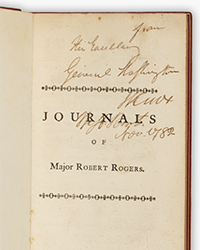
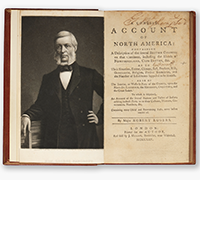
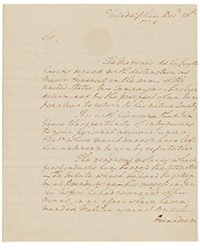

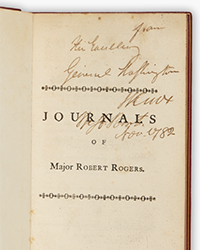

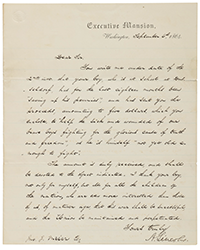
![<b>Sotheby’s, Jan. 27:</b> [World War II]. An archive of maps and files documenting the allied campaign in Europe, from the early stages of planning for D-Day and Operation Overlord, to Germany’s surrender. $200,000 to $300,000. <b>Sotheby’s, Jan. 27:</b> [World War II]. An archive of maps and files documenting the allied campaign in Europe, from the early stages of planning for D-Day and Operation Overlord, to Germany’s surrender. $200,000 to $300,000.](https://ae-files.s3.amazonaws.com/AdvertisementPhotos/9d2762bc-9f26-47ef-96de-1c28070e19f6.png)